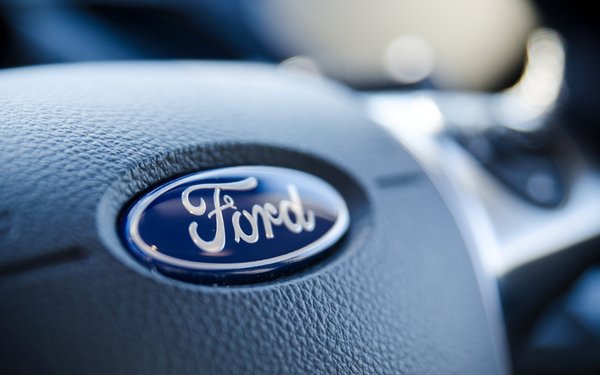
Ford Motor Co. and its
agency GTB used a new system to track which news stories had an impact on its reputation as a technology-forward company.
After recent press coverage of Ford’s progress in
autonomous vehicle technology, GTB hired Onclusive to measure reader engagement and brand impact.
Research showed that on average, readers spent 90 seconds reading Ford’s media coverage,
with desktop readers spending two times more time than mobile readers.
To learn if the story was impacting the brand, Onclusive did a brief survey of 10,000 readers and asked if the
article resulted in them believing that Ford is moving toward a future of autonomous (self-driving) vehicles. The majority of readers — well over 50% — said yes. The large number of unsure
respondents, about a third, suggests Ford still has an opportunity to garner greater mindshare.
advertisement
advertisement
Regardless of sentiment, survey respondents spent five minutes on average reading Ford articles,
which seemed to imply that the stories garnered attention from even those who responded with neutral or negative sentiment.
Once GTB validated the positive impact of certain stories using a
proprietary Onclusive system, the agency blasted links to the stories out via Outbrain, targeting Ford’s key audience, thus multiplying the reach and frequency of the brand's most valuable press
coverage.
GTB is taking these learnings to other business units and is including this approach when developing measurement and media strategies, says Nick Gentile, GTB experience
strategist.
“In the future we will definitely plan more content upfront, allowing for more testing and optimization opportunities,” Gentile tells Marketing Daily.
Onclusive has found it's not always the most recent or top publications that most impact sales. Older stories, still alive because of the Internet, can be as influential with readers as something
published yesterday.
“We were promoting editorial coverage through paid channels, but didn't have any visibility into post-click performance,” Gentile says. “This was a black
box for us. For example, which articles did people actually read? What was reader sentiment like on those articles? Onclusive’s technology actually gave us that level of visibility, and enabled
us to optimize our spend toward what was working.”
The ability to collect data and gain insight in real time is helpful, he says.
“Having behavioral and attitudinal
responses together from the same data source and user experience was a major benefit,” Gentile says. “At the time, we made the recommendation to our media planning team to set aside a
greater portion of the media budget for earned media amplification because we saw the positive performance of promoted press articles.”